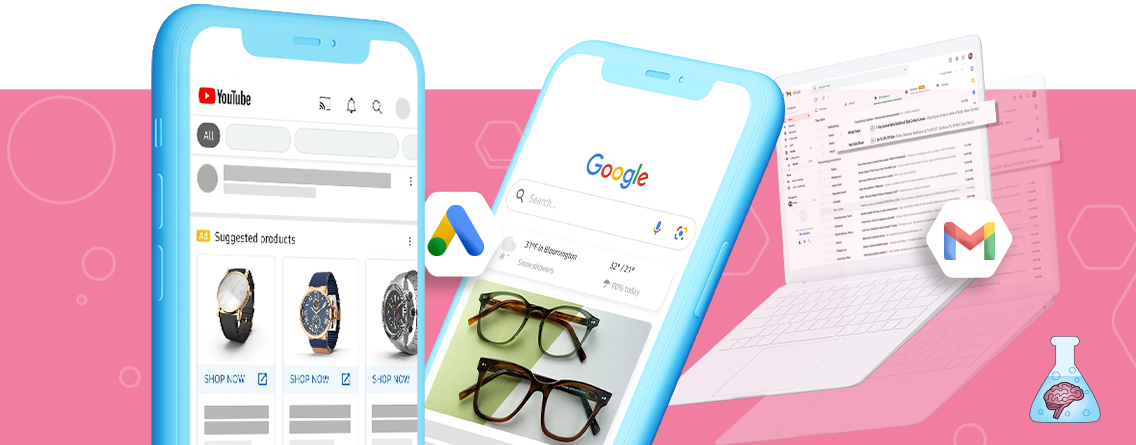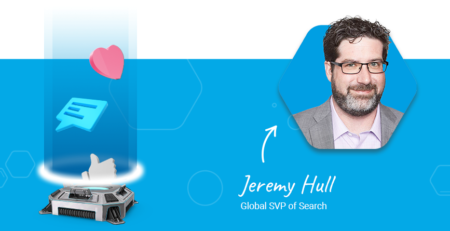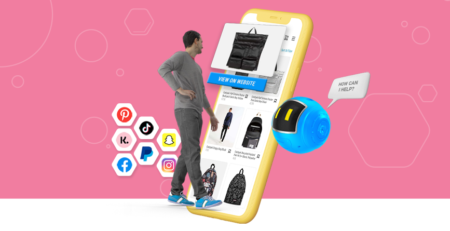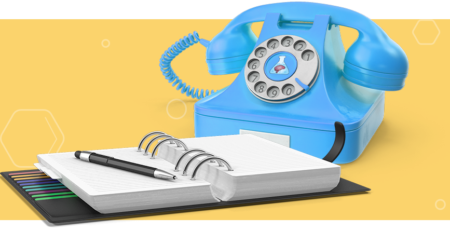Google Ads is phasing out Gmail ads – are Discovery ads the answer?
Marketers are all too familiar with Google’s ever-changing product updates; if you mention the word “core update” to an SEO, make sure there isn’t anything breakable near them. On the PPC side, the limiting of keywords in the search terms report caused a stir (and rightfully so) and in December, they announced a new update regarding Gmail ads:
Starting July 1, 2021, Gmail ads campaigns will become “read-only”. This means that after this date, advertisers will not be able to create new Gmail campaigns or make changes to existing Gmail campaigns, including edits to existing Gmail ads.
Google Ads’ recommendation is to set up Discovery campaigns to “continue serving ads in Gmail inboxes”. Why make the change? How effective will Discovery ads be in their place? What will this mean for marketers? In this article, I will address these questions.
How Gmail ads (used to) work

Gmail ads were made available to all advertisers back in September 2015. Advertisers had to select the new Gmail ads format from the Ad gallery and the ads were made to fit with the look and feel of the inbox.
You could use custom templates or a custom HTML format with the standard display targeting options like keywords, topics, affinity audiences, and demographics.
Gmail ads came in two formats:
- Single business ads, showing only one business at a time.
- Multi-retailer ads, showing multiple retailers advertising for the same products.
All Gmail ads appear in the Promotions and Social tabs of a Gmail inbox and some of them are expandable like an email.
For users, the Gmail ads that appear in their inboxes are “the most useful and relevant”. They achieve this by showing ads based on online activity while signed in to Google. That excludes ads based on things like race, religion, sexual orientation, and health.
How Discovery ads work

Discovery ads came out of beta in November 2019 and now they reach up to 3 billion customers across multiple Google feeds including YouTube, Discover, and, of course, Gmail. They work by using Google’s audience and customer intent signals to deliver more visual and personalized ads.
Setting up a Discovery campaign is simple. Sign in to your Google Ads account and when you select new campaign, you choose the Discovery campaign type, pick the geographic and language targeting for your campaign, your audiences, your bidding strategy, and save.
You can create single-image ads or multi-image carousel ads for a Discovery campaign and set up automatic targeting to expand your reach to more users at around the same cost per customer as other ad formats.
How are Discovery ads better than Gmail ads?
Gmail ad campaigns were less competitive than other ad placements and helped to build brand awareness to millions of consumers (who spend an average of 2.5 hours a day checking their emails). So why are they getting phased out?
1. Out with the old, in with the new
Discovery ads offer a wider variety of ad formats to use and get creative with and having launched them a year ago compared to Gmail ads being 6 years old this year, Google will want to push a better, more improved platform for advertisers.
2. Better targeting
Discovery ads use in-market audiences and custom intent audiences as part of its machine learning process (a staple in PPC optimization) but users also have the option to regulate the types of content they see in Google Discover and how often. This helps to improve interest targeting over time.
3. Creativity breeds lower CPAs
The TechStyle Fashion Group (owners of Fabletics and JustFab) beta-tested Discovery Ads back in 2018 using repurposed image assets and saw a 25% decrease in CPA (cost-per-acquisition) using Discovery ads compared to other channels.
This is a single experiment from 2018 but it shows the early capabilities of Discovery ads. With better machine learning and an improved system, it could be the key to even lower CPAs.
Tips for a successful transition from Gmail to Discovery
I spoke to my colleague, PPC manager Sophie Logan, for advice on the best ways to move Gmail campaigns over to Discovery. Here were her 4 key takeaways:
1. Audience targeting
Ensure that your Discovery audience targeting matches your Gmail audience targeting as close as possible. This can be done by creating a custom intent audience using the best converting keywords from your Gmail ads campaigns.
By using performance data from these campaigns, you have more chance of success when switching over to Discovery campaigns. Try to include at least 10 converting keywords into your custom intent audience list, along with any new keywords you would like to include.
2. Set realistic expectations for your Target CPA
To begin, expect to spend at least 20% extra on your Target CPA than you have been achieving from your Gmail campaigns. Your Discovery campaigns need to go through a “learning period” where Google Ads uses machine learning to understand your audience and improve your performance. Once it’s got the hang of it, you will be able to incrementally decrease your Target CPA.
3. Give your campaign time
To allow enough data to be collected to optimize performance, your Discovery campaign will need time. Making changes during the learning period will cause changes in your performance and significantly affect the campaign’s ability to learn.
Try to wait 2–3 weeks before making any changes to the campaign.
4. Make the most of your headlines and descriptions
When creating your Discovery ads, make the most of the five headline and five description options. Similar to Responsive Search Ads, you provide a range of options and Google’s machine learning will serve the best combination based on the results.
This allows you to try different creatives, headlines, and ad copy. By taking advantage of the algorithms used by Google, your best ads will be shown to your potential customers.
Summary
Gmail ads aren’t completely disappearing – legacy campaigns will still be active just not new ones – but now is the time to try out Discovery ads and get your campaigns learning about your audiences.
Whether you’re a marketer or an agency, you’ll want to take advantage of the new placements and according to early tests, it could save money and increase revenue.
About the author
Thomas Hampson, Director at Adzooma
“Thomas Hampson is a director at Adzooma and responsible for managing the business’s portfolio of software products. With more than 10 years’ experience in the technology sector and the responsibility of planning for the future of the popular advertising software platform, he is focused on democratizing Machine Learning and automation to drive positive business outcomes for small and medium-sized businesses.”




